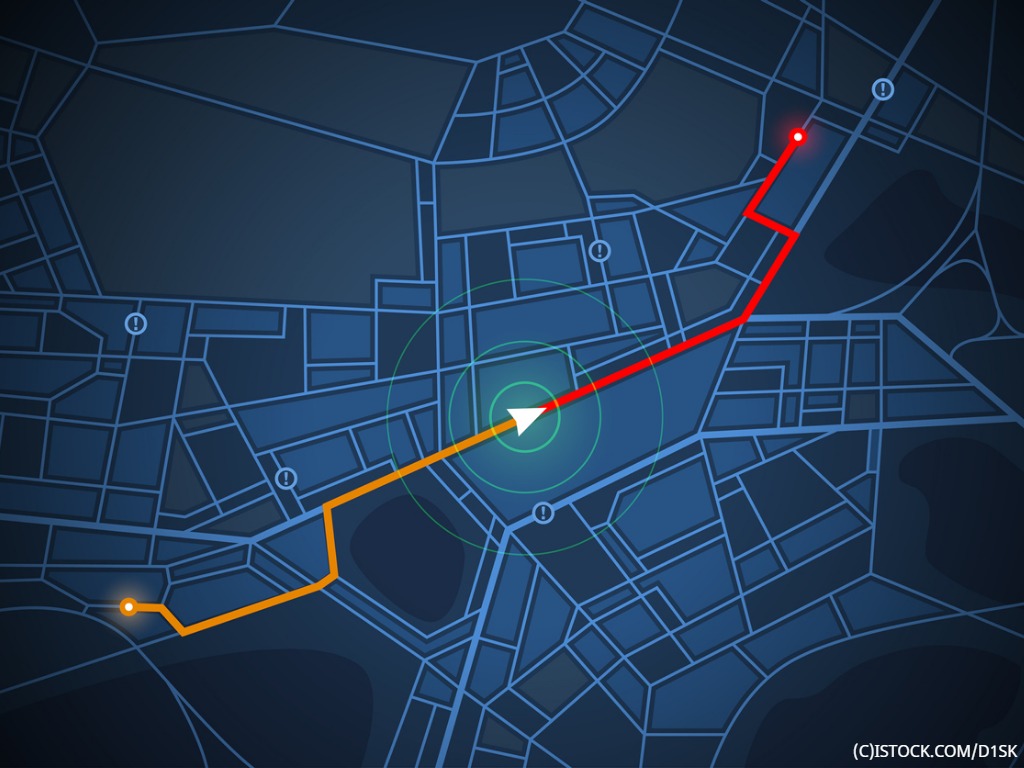
My role at Waze has seen me speak to hundreds of brands and agencies about how to reach drivers when they’re on the move. Increasingly, questions have centred around data and how targeted advertisers can be in reaching drivers.
As the sheer number of ads we experience on many of the services we use every day has increased – often at the detriment of the user experience – the mobile advertising industry has also had to consider the ethical implications of using consumers’ data. A combination of GDPR, the increased use of ad-blockers and better public awareness has meant that context – versus audience targeting based on personal information about the user – has become much more fashionable again.
If you’ve downloaded a weather app or a flashlight app, for instance, the average consumer would not expect for it to be tracking your movements at all times and selling that information to advertisers. Since over 80% of time on mobile is spent in-app, developers need to be much clearer on what information they need from you and what they will use it for.
At Waze we are very clear on our value proposition. We provide one of the best navigation apps for free – which saves users enormous amounts of time on the road – and in order to pay for this service we will show you two or three ads on a journey. We don’t sell the data on journey patterns to third parties.
What we always say to clients is: “if you’re going to interrupt someone, try and make it helpful or useful to them in the context of their drive.” Rather than being about past or predicted behaviour, we add value to consumers, and advertisers, by providing suggestions that may be relevant to the journey they’re taking then and there. If you are low on fuel and see a BP or Shell logo on the Waze map highlighting a nearby forecourt, that’s a service, and our users appreciate these types of proximity-based communications.
Think about the destination, rather than where you’ve been
This form of real-time advertising can be incredibly successful – while being mindful of consumers’ privacy.
Our approach is much less focused on who the driver is, how old they are or what car they’re driving. What we do care about is what might be useful to them along their journey, and never suggesting an ad for a place that would mean they’d have to turn back on themselves.
For example, seeing an ad about coffee in the morning, or for breakfast at a fast food restaurant on your journey makes more contextual sense. Both are being served to you based on the journey you’re making and the time of day you’re making it, and will be relevant to most drivers regardless of typical age/demo profiles.
External data points such as weather, time of day, local events and what’s ahead can all help to create relevant and personalised ad experiences. At Waze, we deliver adverts based on the context of a driver’s experience.
Furthermore, by matching the ads that you might see on billboards with the ads that get served in the car, it’s possible to further enhance the ad experience by offering contextual relevance and extend a brand’s message. We work with other partners in the ad ecosystem to better connect the driving experience with brands and touchpoints motorists will encounter along their journeys.
Even if you’re not directly a Waze user, if you’ve been in a car recently there’s a very high chance that you’ve seen Waze – or know someone who relies on it. 67% of the UK workforce commutes to work by car, with average commutes taking 46 minutes. Anything that helps save time or makes that journey easier quickly becomes a popular tool, which is why there are over three million drivers in the UK – and a community of over 130 million worldwide – who use the app every single month.
As an industry facing a number of obstacles and with more privacy legislation expected – particularly as far as mobile devices are concerned – advertising needs to evolve. To make it as effective as possible, it needs to be useful to the audience in the moment, taking into account a wide range of contextual data points. A clear value exchange between marketer and audience will ultimately produce adverts that deliver better results because they’re genuinely helpful.
 Interested in hearing leading global brands discuss subjects like this in person?
Interested in hearing leading global brands discuss subjects like this in person?
Find out more about Digital Marketing World Forum (#DMWF) Europe, London, North America, and Singapore.





